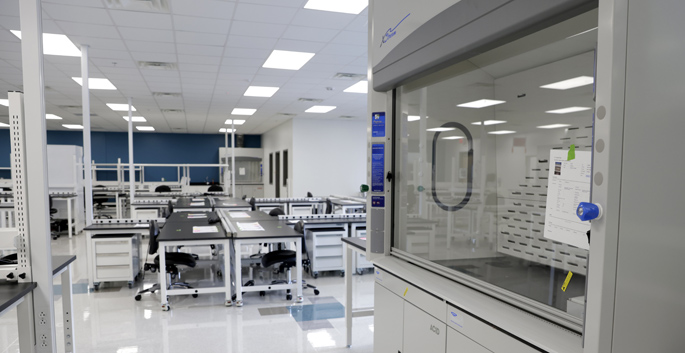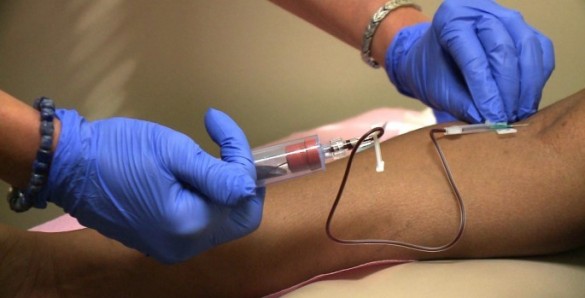Much of everyday clinical decision-making is informed by lab tests performed rapidly on automated instrumentation — basic metabolic panels, complete blood counts, all the lab orders for which clinicians expect quick results.
Such automated assays account for a major portion of the total test volume at Vanderbilt University Medical Center’s clinical laboratories.
Following the implementation last November of a new labeling method for inpatient specimens, median turnaround times for bellwether automated tests decreased between 39 and 73 percent, and similar decreases were achieved for stat orders.
The lab’s goals for this testing are results within one hour for all stat orders and within two hours for all routine orders. Going by a set of seven bellwether tests, performance against these goals has become nearly perfect with the new labeling method.
In addition to efficiency gains in the lab, the new method supports electronic scanning in inpatient rooms of barcodes on lab order labels against barcodes on patient wristbands, giving new assurance that specimens are drawn from the right patient. This safety measure, called positive patient identification, has long applied to inpatient medication administration at VUMC.
“The implementation of lab-ready labeling with positive patient identification has had a profound effect on lab turnaround times, greater than anything I have seen in almost 40 years of laboratory medicine,” said Samuel Santoro, MD, PhD, the Dorothy B. and Theodore R. Austin Professor and chair of the Department of Pathology, Microbiology and Immunology.
In view of its great importance for hospital patients and their clinicians, turnaround time is a key service quality metric for Vanderbilt Pathology Laboratory Services. Turnaround is measured in terms of processes controlled by the lab: the clock starts when the specimen arrives in the lab and stops when the test results are posted.
“In many cases, for given tests we’re now turning around routine orders more quickly than we had been turning around stat orders prior to this change,” said Adam Seegmiller, MD, PhD, executive medical director of Clinical Pathology.
“With the old inpatient labels, we had an intake process that involved pulling up each order in the system and relabeling all specimens with barcodes that can be read by our lab instruments. With the new lab-ready labels, incoming specimens are simply scanned and placed on the appropriate instrument,” he said.
While lab-ready labels for outpatient specimens have long been used at VUMC, their use in inpatient areas was facilitated by the Medical Center’s momentous switch in November to a new clinical information system called eStar.
To implement the new inpatient labeling method, “We had a multidisciplinary team that worked for more than a year. It was a collaborative project among the diagnostic clinical laboratories, nursing, Respiratory Care, Systems Support Services and HealthIT. And frontline staff nurses were a big part of this effort; we had to understand their challenges and involve them in the design and planning,” said Kathy Moss, MSN, MBA, RN, an administrative director with Monroe Carell Jr. Children’s Hospital at Vanderbilt, who led the project with Michael Daly, MSN, MBA, RN, an administrative director with the Vanderbilt Heart and Vascular Institute.
According to Seegmiller, with the new labeling method the lab has been able to reassign staff previously responsible for specimen intake to other areas, including specimen processing and the lab’s 24/7 call center.
“I want to express my appreciation to each member of the team that led this outstanding work. Through their contributions we have been able to make a quantum leap in the efficiency of our laboratory testing processes and advance care for our patients. This is a significant win for our health system,” said C. Wright Pinson, MBA, MD, Deputy Chief Executive Officer and Chief Health System Officer, VUMC.















